At the dacha - this is one of the first necessities, standing on a par with the supply of electricity and drilling a well. After all, human waste will not disappear by itself, and connecting a common central system outside the city is usually not possible.
Local sewerage - created by hand: the solution to all problems associated with wastewater
General provisions
What is generally meant by the local sewer system? Let's figure it out:
| Part of the system | Purpose |
| Waste tank | It is this element that replaces and makes it unnecessary to connect to the central sewer, as it is designed to collect and, in some cases, filter sewage |
| Main outer highway | A wide pipe runs from the tank to the house, through which the waste liquid enters. |
| Internal piping | All plumbing in the building is connected by pipes and led to an external pipeline. |
| Ventilation | Provides movement of air masses inside the building |
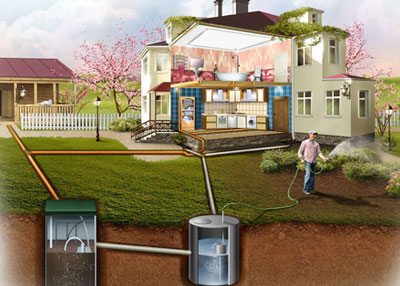
Features of the choice and installation of the main element
The local sewerage device in a private house begins, as indicated in the table, with a sewage tank. This is the most important part of the whole system, so we will pay the most attention to it.
To date, there are several suitable options for collecting sewage, which are divided according to their functionality into two groups:
Cesspools
Here it is worth noting immediately three options for its arrangement:
- Leaky. It is a pit dug to a depth of at least two and a half meters without its subsequent waterproofing with partial reinforcement of the earthen walls with boards or other improvised materials. The selling price of such a structure, respectively, is the lowest in comparison with other analogues.
But before we rejoice at the opportunity to save money, consider its disadvantages:
- Low productivity, usually not exceeding one cubic meter of wastewater per day.
- An unpleasant odor spreading around, seeping through the ground.
- Contamination of the soil, which will make it unusable for many years even after the destruction of the pit itself.
- The possibility of penetration of rain and melt water, causing the reservoir to overflow.
- Placement restrictions: no closer than five meters from a residential building, two from a fence and twenty-five from a well or well.
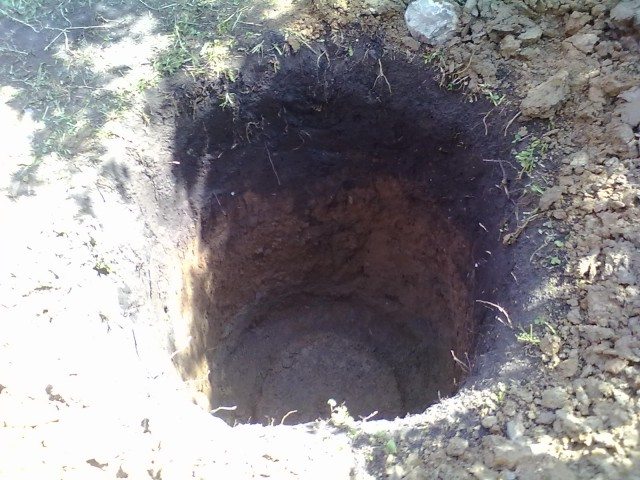
- Partially sealed or sewer well. In this case, the creation of watertight walls is envisaged, which significantly reduces the ingress of runoff into the ground, but still does not exclude it.
Tip: fill the bottom with a thick layer of gravel. The liquid absorbed through it will undergo partial filtration and less harm to the environment.
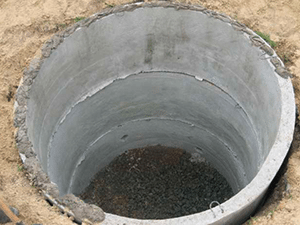
- Sealed. A fully insulated structure, which is already more of a single-chamber septic tank, is more expensive to implement and needs frequent cleaning, but it eliminates the spread of fetid odors and does not harm the soil.
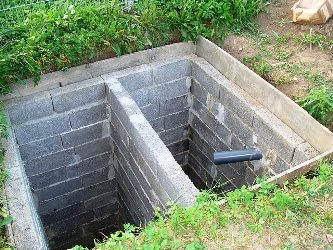
Wastewater treatment plant
- Septic tanks with one or three chambers. Although they themselves are more expensive than conventional pits, they are much cheaper to operate.
Their instructions are as follows:
- In the first compartment, heavy insoluble fractions settle under the action of bioactive additives.
- In the next, the liquid is filtered, after which it either passes into the third compartment of a deeper purification, or descends into the soil.
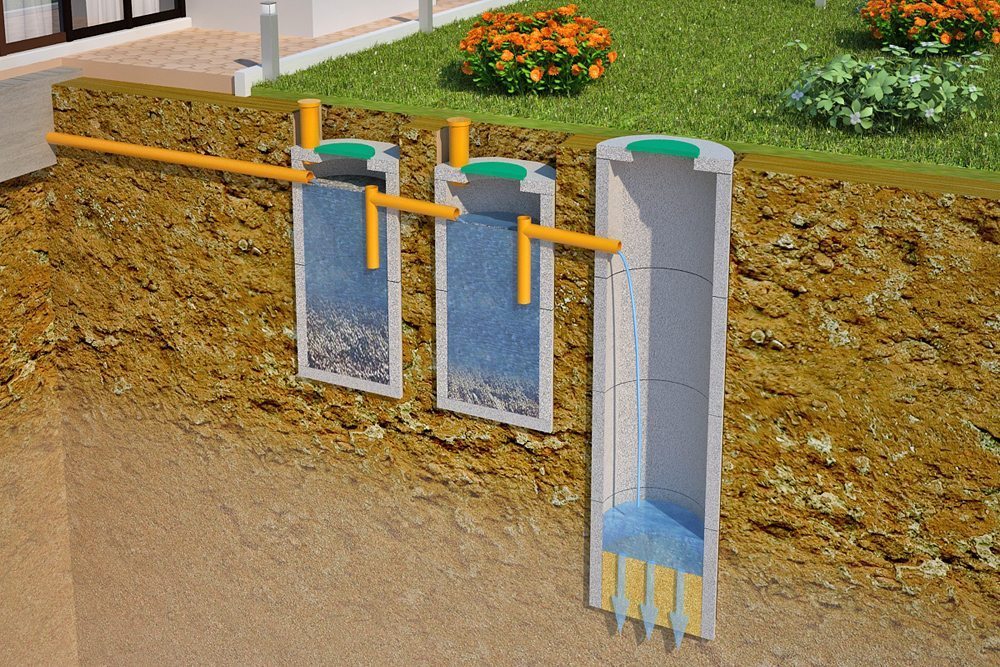
- Cleaning stations. They are expensive and constantly in need of electricity equipment, which, on the other hand, completely eliminates the need to call sewers, giving out purified water at the outlet.

Features of installation of other elements of the system
After you have decided on the drain drive and installed it, we move on:
- We connect a plastic pipe with a diameter of 110 mm to the septic tank.
- We lay it from the drive to the house at a depth below the freezing of the soil, while observing a slight slope towards the treatment plant. We insulate the line with polyurethane foam or mineral wool.
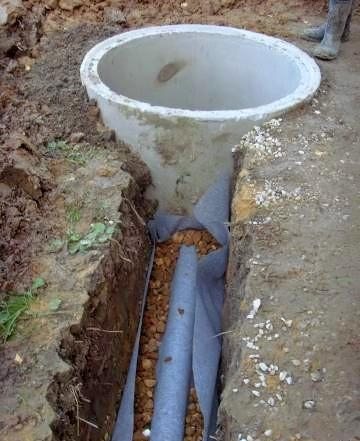
- Next, we carry out the internal pipeline, also using PVC pipes of only a smaller diameter.
- We install a water seal on each plumbing to prevent the penetration of unpleasant odors into the house.
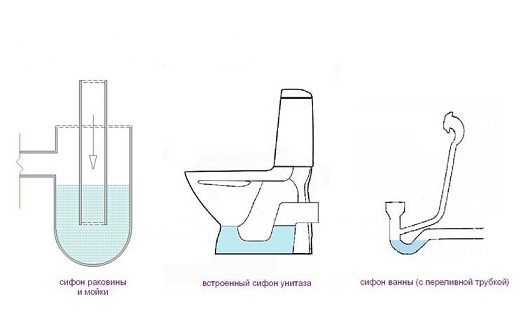
- We mount it in order to exclude the rarefaction of air in the system, due to which water disappears in the hydraulic seals.
Conclusion
Autonomous sewerage solves all the problems associated with the waste of our life. The main step in its arrangement is the selection and installation of a suitable sewage storage tank. Above, we have analyzed the most common options and provided recommendations for installation work.



